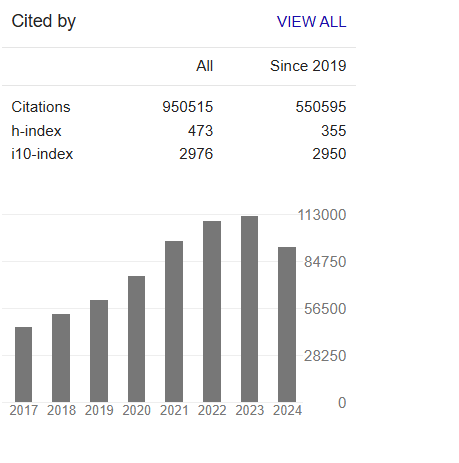Bioremediation of Oil-Contaminated Brackish Salty Water and its Safe use in the Cultivation of Woody Trees and Economic Plants
Abstract
Elsayed Abdelsatar El Meleigy
Oil-mining companies have to subject waste water to expensive treatment before it can be discharged on land or at sea to comply with environment regulations. This study aims at developing an economically valid and applied comprehensive solution that takes advantage of oil-contaminated brackish salty water disposed by the General Petroleum Company in Egypt, and maximizes its economic value and ensures its safe use in the environment. Three fields in Ras Sudr site of the company were inspected. Two main common plant species to Ras Sudr, Tamarix niloteca tree and Phragmites australis grass that is tolerant to salinity. These plants together with their associated bacteria of endophytes and rhizosphere that utilize crude oil as a carbon and energy source was considered a useful combination of bioremediation agents. Initially, soil characteristics were determined by analyzing soil samples taken at depths of 25cm and 50cm, and bacterial content of soil around the roots and within plant tissues was examined. Discharged water (@50 m3 day-1) was used in irrigating plant fields in amounts sufficient to plant needs only. Growth parameters of plants were assessed four times in an interval of two months. Preliminary results indicated that growth rates in plant length, number of branches and stem girth, and chlorophyll content of oil-polluted water irrigated plants of the two plant species were not significantly different (p≤0.05) of plants irrigated with fresh water. The number of bacteria in the soil increase9d significantly (p≥0.05) over time, and the color of residual oil in the soil was fading, indicating the its decomposition. Soil under Tamarix niloteca contained similar quantities of microorganisms in both coastal saline-alkali soil and inland arid region indicating that colonization of the plant provided stable growth conditions for microorganisms. These plants and endophytes and rhizosphere combination played the main rule in the in-situ bioremediation process, and were efficient in removing around 70 % of the initial traces of crude oil within two months. They also provide safe environment and romote plant growth. They were able to decompose hydrocarbons and residues of crude oil as they possess special physiological mechanisms (PGPR) turns polluted water to safe water for human and environment, and meanwhile achieving the objectives of this work. These results indicated that Tamarix niloteca and Phragmites australis are promising agents for treating oil-polluted salty wastewater in other fields of crude oil mining



